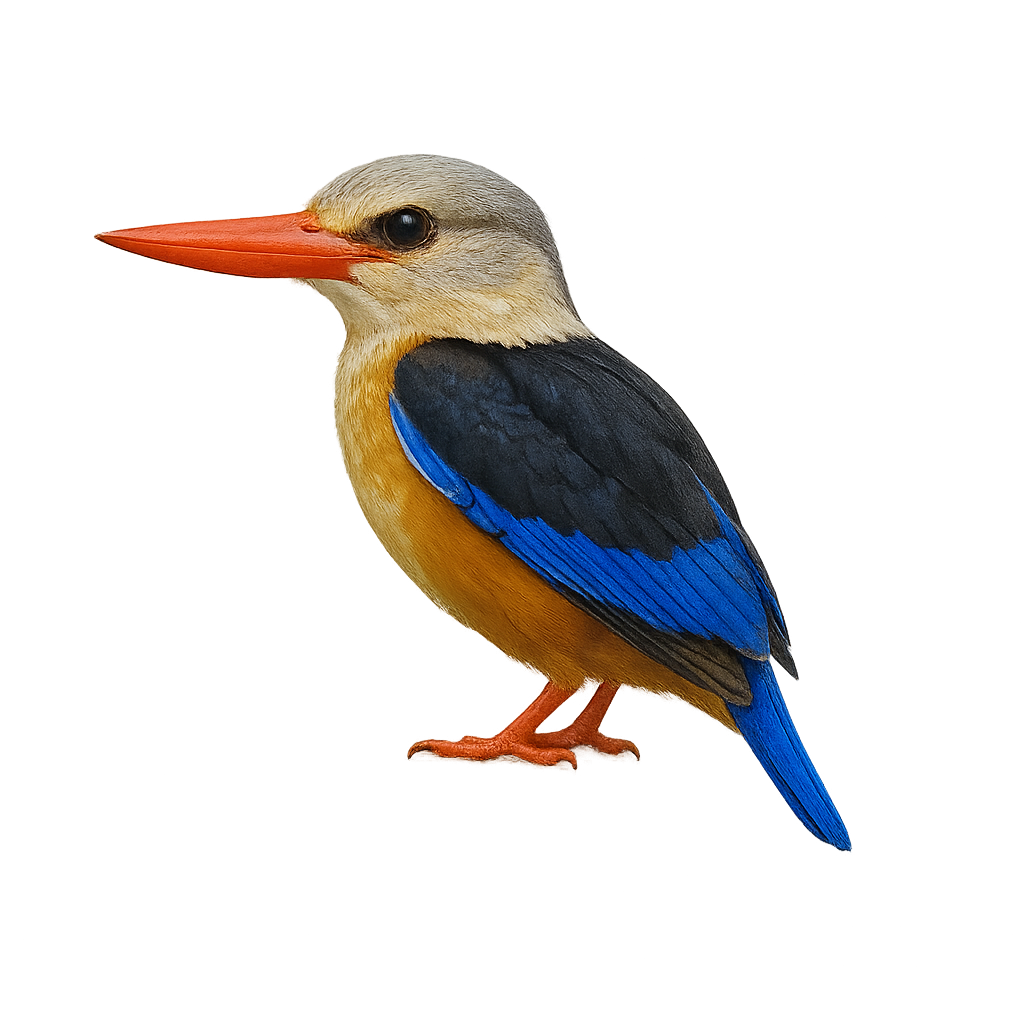Your wildlife photography guide.
Explore the white-headed kingfisher in detail, study its behavior, prepare your shots.
Where to observe and photograph the white-headed kingfisher in the wild
Learn where and when to spot the white-headed kingfisher in the wild, how to identify the species based on distinctive features, and what natural environments it inhabits. The WildlifePhotographer app offers tailored photography tips that reflect the white-headed kingfisher’s behavior, helping you capture better wildlife images. Explore the full species profile for key information including description, habitat, active periods, and approach techniques.
White-headed kingfisher
Scientific name: Halcyon leucocephala

IUCN Status: Least Concern
Family: ALCEDINIDAE
Group: Birds
Sensitivity to human approach: Suspicious
Minimum approach distance: 20 m
Courtship display: April to July
Incubation: 18-20 jours
Hatchings: April to August
Habitat:
Coastal zones, forests, and swamps of South and Southeast Asia, particularly in wooded areas near rivers, lakes, and mangroves
Activity period :
Primarily active during the day, with peak activity in the morning and late afternoon.
Identification and description:
The Grey-headed Kingfisher is a medium-sized bird, easily recognized by its grey head and colorful plumage. It measures about 25 cm in length and weighs between 50 and 70 g. Its back is typically metallic blue, with a contrasting white belly, and its wings are bright blue with touches of green and orange. This kingfisher is distinguished by its wide, straight bill, suited for hunting. It primarily lives in wooded areas and along the shores of rivers and lakes, where it feeds mainly on fish, aquatic insects, and small amphibians. The Grey-headed Kingfisher hunts by diving from a perch or electrical wire, capturing its prey with great precision. These birds are solitary, although some form pairs during the breeding season. It is widely distributed in Southeast Asia, particularly in India, Bangladesh, and Myanmar. While its population remains relatively stable, the Grey-headed Kingfisher can be threatened by habitat destruction, water pollution, and poaching.
Recommended lens:
400 mm – adjust based on distance, desired framing (portrait or habitat), and approach conditions.
Photography tips:
Use a telephoto lens to photograph this Grey-headed Kingfisher, especially when it dives or perches on branches. The soft light of the morning or evening is ideal for capturing its bright colors and fast movements. Be discreet and respect their space to avoid disturbing their natural behavior, especially during the breeding season.
The WildlifePhotographer App is coming soon!
Be the first to explore the best nature spots, track rutting seasons, log your observations, and observe more wildlife.
Already 1 431 wildlife lovers subscribed worldwide

